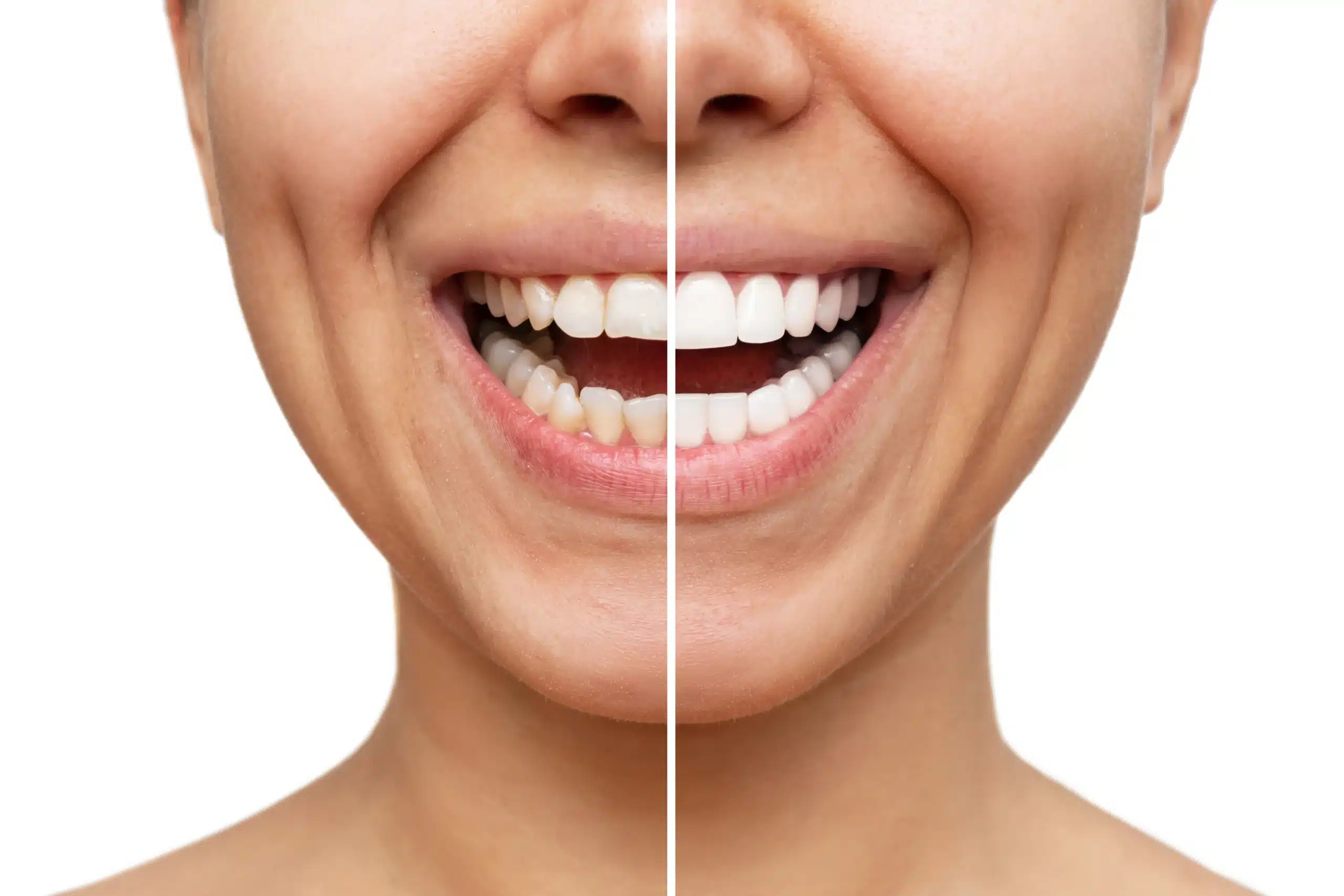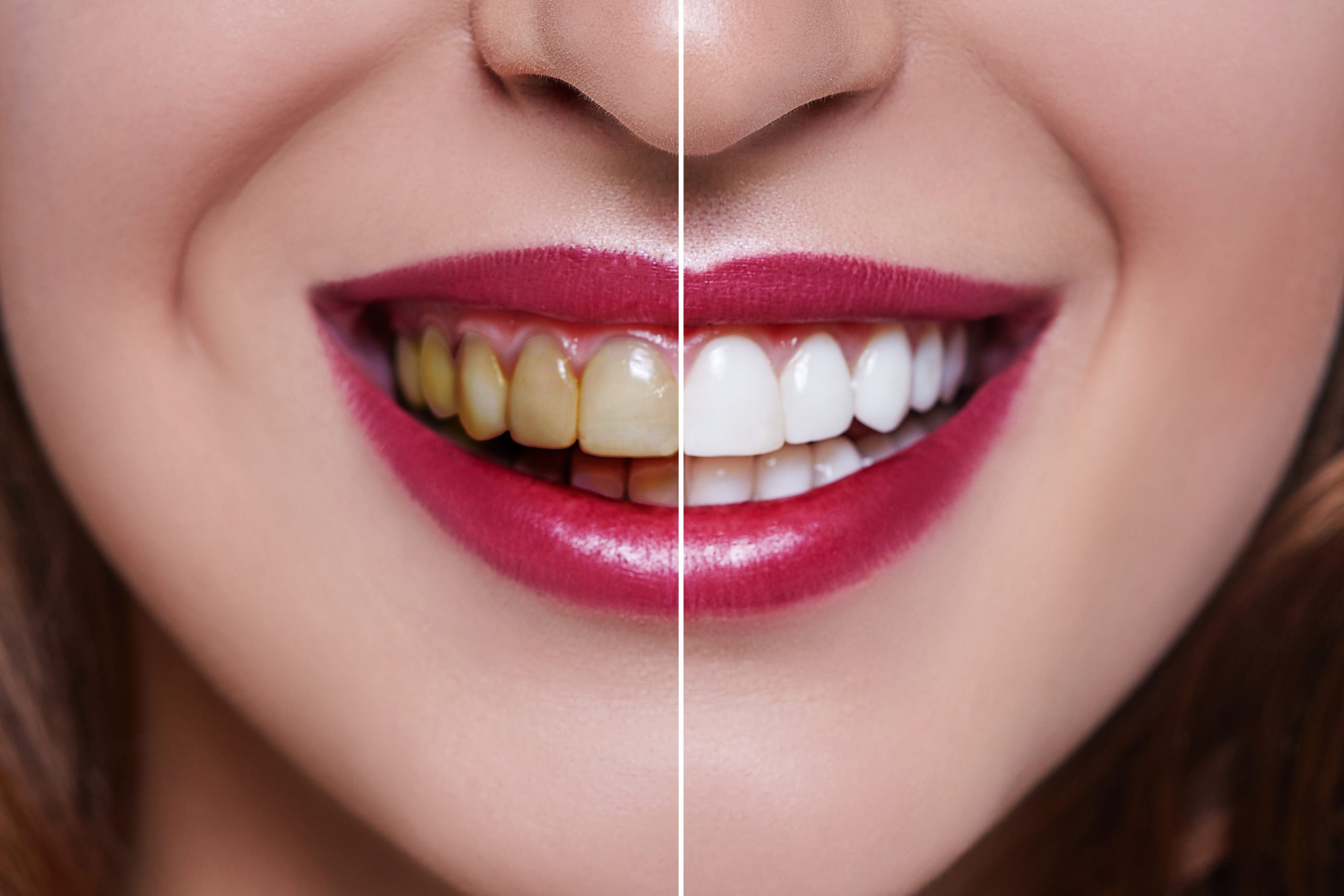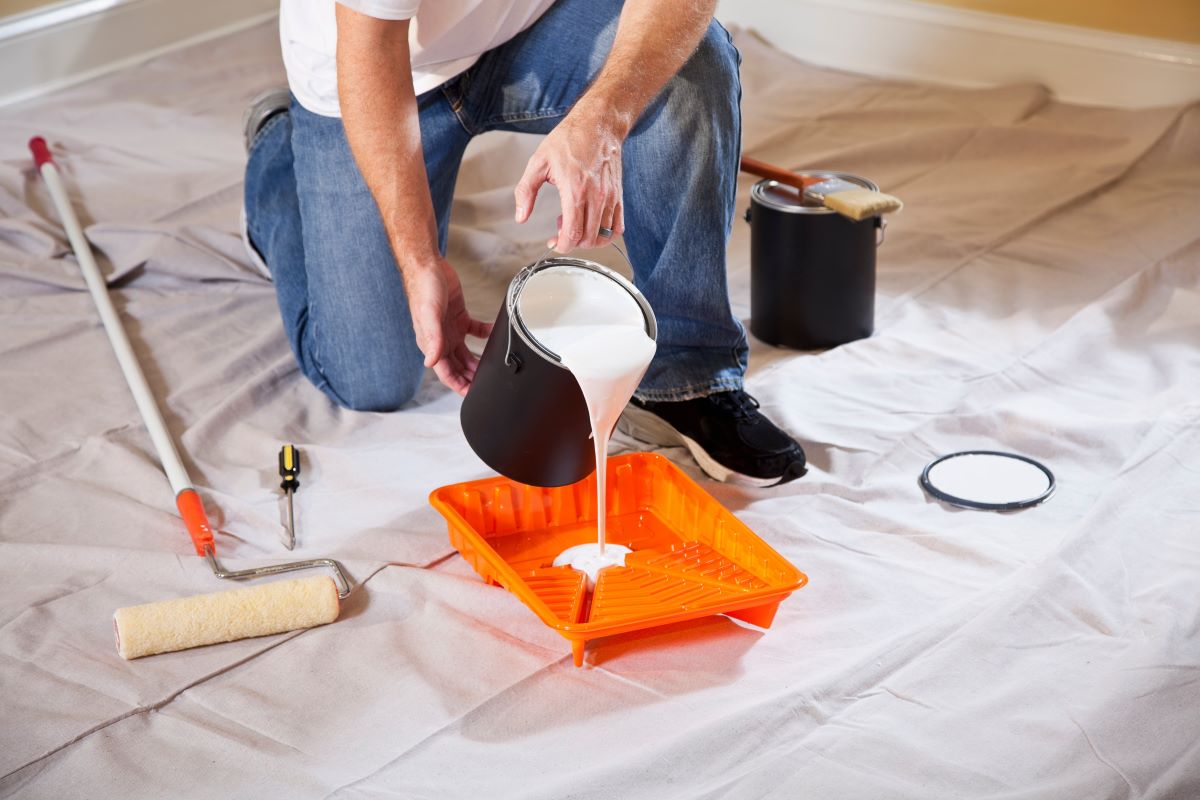

Finance
How Much Are Porcelain Veneers With Insurance?
Published: November 12, 2023
Find out how much porcelain veneers cost with insurance and explore financing options for a brighter smile.
(Many of the links in this article redirect to a specific reviewed product. Your purchase of these products through affiliate links helps to generate commission for LiveWell, at no extra cost. Learn more)
Table of Contents
Introduction
Porcelain veneers have become a popular choice for individuals looking to enhance their smiles and correct dental imperfections. These thin, custom-made shells are designed to cover the front surface of teeth, improving their appearance and providing a natural-looking result. However, the cost of porcelain veneers can be a concern for many people.
Fortunately, if you have insurance coverage, it can help alleviate some of the financial burden associated with getting porcelain veneers. Insurance coverage for cosmetic procedures like veneers varies depending on the type of plan you have and the specific terms and conditions. Understanding how insurance works in relation to porcelain veneers is crucial to determine how much you can expect to pay out of pocket.
In this article, we will explore the cost of porcelain veneers with insurance, factors that can influence the cost, and tips for maximizing your insurance coverage. We will also discuss some alternative options to porcelain veneers if they are not covered by your insurance or if they are not the right solution for you.
Understanding Porcelain Veneers
Porcelain veneers are thin, tooth-colored shells that are custom-made to fit over the front surface of your teeth. They are a popular cosmetic dentistry option because they can dramatically improve the appearance of your smile by addressing a variety of issues, including stained or discolored teeth, chipped or cracked teeth, misaligned teeth, and gaps between teeth.
These veneers are made from high-quality porcelain, which closely resembles the color and texture of natural teeth. The process of getting porcelain veneers typically involves multiple steps. First, your dentist will take impressions of your teeth to create a mold. This mold is then sent to a dental laboratory where skilled technicians will craft your veneers to perfectly match your desired shape, size, and color.
During the application process, your dentist will carefully prep your teeth by removing a small amount of enamel to ensure a proper bond between the porcelain veneers and your teeth. Once the veneers are ready, they are bonded to the front surface of your teeth using a strong dental adhesive. Lastly, your dentist will make any necessary adjustments to ensure a comfortable fit and natural appearance.
Porcelain veneers are known for their durability and longevity when properly cared for. They are resistant to stains and can last for 10-15 years or even longer with good oral hygiene practices and regular dental check-ups.
The Importance of Insurance Coverage
Insurance coverage plays a crucial role in determining the financial feasibility of getting porcelain veneers. While porcelain veneers are primarily a cosmetic procedure, they can also provide functional benefits by improving the overall health and functionality of your teeth. This is why insurance coverage is so important.
Porcelain veneers can be a significant investment, with costs varying depending on several factors such as the number of veneers needed, the complexity of the case, and the geographic location of the dental practice. Without insurance coverage, the cost of veneers can put a strain on your budget and may make them unaffordable for some individuals.
However, insurance coverage can help significantly reduce your out-of-pocket expenses for porcelain veneers. Comprehensive dental insurance plans often cover a portion of the cost of veneers, especially if they are deemed medically necessary due to dental health issues such as severe tooth discoloration, fractures, or misalignment.
Insurance coverage for cosmetic procedures like veneers varies widely. Some plans may cover a percentage of the cost, while others may have a maximum annual benefit that can be applied towards cosmetic dentistry procedures. It’s essential to review your insurance policy carefully to understand what is covered and what limitations may apply.
Additionally, some insurance plans may require pre-authorization before undergoing cosmetic procedures. This means you need to obtain approval from the insurance company before moving forward with getting veneers. Failure to obtain this authorization may result in a denial of coverage and leave you responsible for the full cost of the procedure.
It’s important to note that dental insurance plans typically have waiting periods and limitations on coverage, especially for cosmetic procedures. Therefore, it is advisable to review your insurance policy and consult with your dental provider to gain a clear understanding of what is covered and what expenses you may need to bear.
Factors Affecting the Cost of Porcelain Veneers
The cost of porcelain veneers can vary depending on several factors. Understanding these factors is crucial to have a realistic expectation of the cost involved. Here are some key factors that can influence the cost of porcelain veneers:
- Number of veneers: The number of veneers needed will directly impact the overall cost. If you require veneers on multiple teeth, the cost will be higher compared to only needing a single veneer.
- Complexity of the case: The complexity of your dental issues will affect the cost. More extensive cases, such as severe tooth misalignment or significant tooth damage, may require additional preparatory work, increasing the overall cost.
- Geographic location: The cost of living and dental fees can vary by geographic region. Dental practices located in metropolitan cities or high-cost areas may charge higher fees compared to practices in less populated or lower-cost areas.
- Dentist’s expertise: The experience and reputation of the dentist performing the procedure can also impact the cost. Highly skilled and experienced dentists may charge higher fees due to their expertise and the quality of their work.
- Materials used: The quality of the materials used for the porcelain veneers can affect the cost. Higher-grade materials that closely mimic the appearance of natural teeth may come at a higher price.
It is important to have a consultation with your dentist to determine an accurate cost estimate for your specific case. During the consultation, your dentist will evaluate your dental needs and provide you with a personalized treatment plan and cost breakdown.
Remember that while the cost of porcelain veneers may seem significant, they are a long-term investment in your dental aesthetics and oral health. By choosing a reputable dentist and quality materials, you can achieve a beautiful, natural-looking smile that can last for many years.
How Insurance Covers Porcelain Veneers
The coverage of porcelain veneers by dental insurance can vary depending on the individual insurance plan and the specific terms and conditions. While most dental insurance plans consider porcelain veneers to be a cosmetic procedure, there are instances where insurance coverage may apply if certain criteria are met.
In general, dental insurance plans are more likely to cover porcelain veneers if they are deemed medically necessary rather than purely for cosmetic reasons. For example, if you have significant tooth damage or severe tooth discoloration that affects your oral health or self-esteem, your insurance may provide some coverage.
Insurance coverage for porcelain veneers can typically fall into one of the following categories:
- Partial coverage: Some dental insurance plans may cover a percentage of the cost of porcelain veneers. This means that a portion of the total expenses will be paid by the insurance company, while the rest will be your out-of-pocket responsibility.
- Annual maximum benefit: Dental insurance plans may have an annual maximum benefit that can be applied towards cosmetic dentistry procedures, including porcelain veneers. This means that once the maximum benefit amount is reached, you would need to cover the remaining cost on your own.
- Pre-authorization requirement: Certain dental insurance plans may require pre-authorization before undergoing cosmetic procedures like porcelain veneers. Pre-authorization involves obtaining approval from the insurance company before proceeding with the treatment. Failure to obtain pre-authorization may result in a denial of coverage.
It’s important to review your dental insurance policy carefully to understand the coverage and limitations that apply to porcelain veneers. Your dental provider can assist you in determining your eligibility for coverage and help navigate the insurance process.
Keep in mind that even if your dental insurance does not provide coverage for porcelain veneers, you still have options. Many dental practices offer financing plans or payment options that can help make the cost of veneers more manageable.
Ultimately, it is advisable to consult with your dentist and insurance provider to gain a clear understanding of your coverage and financial responsibility before proceeding with porcelain veneers.
Average Cost of Porcelain Veneers with Insurance
The cost of porcelain veneers can vary widely depending on several factors, including the number of veneers needed, the complexity of the case, and the geographical location of the dental practice. The average cost of porcelain veneers can range from $800 to $2,500 per tooth without insurance coverage.
When it comes to insurance coverage for porcelain veneers, it’s important to note that dental insurance plans often consider them to be a cosmetic procedure. As a result, coverage for veneers may be limited or not covered at all.
While the specific cost with insurance coverage will depend on your individual plan, it’s common for dental insurance to cover a portion of the cost of medically necessary procedures. This means that if your dental issues are impacting your oral health or functionality, your insurance may offer partial coverage.
Typically, insurance plans that provide coverage for porcelain veneers may cover around 30% to 50% of the cost. However, it’s essential to review your insurance policy and consult with your insurance provider to understand the exact coverage and limitations that apply.
Keep in mind that even with insurance coverage, you will still have some out-of-pocket expenses. These expenses can include deductibles, co-pays, and costs exceeding your plan’s maximum annual benefit.
It is crucial to consult with your dentist to get an accurate cost estimate for your specific case and to discuss the financial aspects. Your dentist can provide you with a breakdown of the costs, including the portion covered by insurance and your expected out-of-pocket expenses.
Remember that achieving a beautiful smile with porcelain veneers is a long-term investment in your dental aesthetics and self-confidence. While the cost can seem significant, the impact of a confident smile can be priceless.
Additionally, if the cost of veneers is not feasible for you, there may be alternative options available. Your dentist can discuss these alternatives with you, such as composite veneers or other cosmetic dental procedures that may better suit your budget.
Ultimately, understanding your insurance coverage and discussing your financial concerns with your dental provider can help you make an informed decision about the cost of porcelain veneers and explore available options.
Tips for Maximizing Insurance Coverage
While dental insurance coverage for porcelain veneers can vary, there are several tips you can follow to maximize your insurance coverage and minimize your out-of-pocket expenses. Consider the following:
- Review your insurance policy: Take the time to thoroughly review your dental insurance policy to understand the coverage details and any limitations or exclusions that may apply. This will help you have a clear understanding of what procedures are covered and to what extent.
- Verify pre-authorization requirements: If your dental insurance requires pre-authorization for cosmetic procedures like porcelain veneers, make sure to obtain the necessary approval before proceeding with treatment. Failure to do so may result in a denial of coverage.
- Choose an in-network provider: Opting for a dentist who is in-network with your insurance plan can help maximize your coverage. In-network providers have agreed-upon rates with insurance companies, which may result in lower out-of-pocket costs for you.
- Consider alternative treatments: If porcelain veneers are not covered by your insurance or if the cost exceeds your budget, discuss alternative treatments with your dentist. They may be able to suggest other cosmetic options that are covered by your insurance or more affordable.
- Combine procedures: If you require additional dental work alongside porcelain veneers, consider combining multiple procedures during the same visit. This can help maximize your insurance coverage and make the most of your dental benefits.
- Explore flexible spending accounts (FSAs) or health savings accounts (HSAs): Check if your employer offers FSAs or if you are eligible for an HSA. These accounts allow you to set aside pre-tax funds for eligible healthcare expenses, including dental treatments.
- Communicate with your dental provider: Openly discuss your insurance coverage and financial concerns with your dental provider. They can work with you to develop a treatment plan that aligns with your budget and explore alternative options if necessary.
- Take advantage of preventive care benefits: Many dental insurance plans cover preventive services, such as cleanings and exams, at little to no cost. By prioritizing regular dental visits and maintaining good oral hygiene, you can potentially prevent more significant dental issues that may require expensive treatments, including veneers.
Remember, each insurance plan is unique, so it’s important to consult directly with your dental insurance provider to get detailed information regarding coverage and any specific guidelines that may apply to porcelain veneers.
By being proactive, well-informed, and working closely with your dental provider, you can maximize your insurance benefits and achieve a beautiful smile with porcelain veneers while minimizing your financial burden.
Alternatives to Porcelain Veneers
While porcelain veneers are a popular and effective solution for improving the appearance of your smile, they may not be the right option for everyone. Fortunately, there are alternative treatments available that can address similar dental concerns. Here are some common alternatives to porcelain veneers:
- Composite Veneers: Composite veneers, also known as dental bonding, are made from a tooth-colored resin material that is applied and shaped directly onto the teeth. This is a more cost-effective option compared to porcelain veneers, although they may not be as durable or stain resistant.
- Dental Crowns: Dental crowns are tooth-shaped caps that are placed over damaged or heavily filled teeth. They can provide both cosmetic and functional benefits, covering imperfections and restoring the structure of the tooth. Dental crowns are more suitable for cases of severe tooth damage or misalignment.
- Teeth Whitening: If your main concern is tooth discoloration or stains, professional teeth whitening treatments may be an alternative to porcelain veneers. Teeth whitening procedures can effectively lighten the shade of your teeth, enhancing your smile’s overall appearance.
- Orthodontic Treatment: In some cases, orthodontic treatment may be a better solution for misaligned teeth. Braces or clear aligners, such as Invisalign, can gradually shift the position of your teeth, resulting in a straighter and more aligned smile.
- Dental Contouring: Dental contouring, also known as tooth reshaping, involves removing small amounts of tooth enamel to reshape the teeth and improve their appearance. This is a conservative and relatively inexpensive option for minor cosmetic alterations.
- Dental Implants: If you have missing teeth, dental implants may be a suitable alternative. Implants are surgically placed into the jawbone, providing a long-term solution for replacing missing teeth and restoring the aesthetics and function of your smile.
It’s important to consult with your dentist to determine which alternative treatment is most suitable for your specific dental needs. Your dentist will evaluate your oral health, discuss your goals, and recommend the most effective and appropriate option for you.
Each alternative treatment has its own advantages and limitations. Some may be more cost-effective, while others may require more extensive dental work or have long-term benefits. Your dentist will explain the pros and cons of each option, considering factors such as durability, aesthetics, and maintenance.
Remember, it’s essential to prioritize your oral health along with your desired smile enhancements. By discussing your options with your dentist and understanding the alternatives to porcelain veneers, you can make an informed decision that suits your needs and budget while achieving a beautiful smile.
Conclusion
Porcelain veneers are a popular choice for individuals looking to achieve a beautiful smile and address dental imperfections. While the cost of porcelain veneers can be a concern, insurance coverage can help alleviate some of the financial burden. Understanding how insurance works in relation to porcelain veneers is crucial in determining the out-of-pocket expenses you may incur.
Dental insurance coverage for porcelain veneers varies depending on the specific terms and conditions of your insurance plan. While most dental insurance plans consider veneers to be a cosmetic procedure, coverage may be provided if they are deemed medically necessary due to dental health issues.
The average cost of porcelain veneers without insurance can range from $800 to $2,500 per tooth. With insurance coverage, the cost is typically reduced, but it’s important to review your policy and understand the extent of your coverage to avoid any surprises.
Maximizing your insurance coverage for porcelain veneers involves reviewing your insurance policy, verifying pre-authorization requirements, choosing an in-network provider, and considering alternative treatments if necessary. By communicating with your dental provider and being proactive, you can make informed decisions about your dental treatment.
If porcelain veneers are not a feasible option, there are alternatives available like composite veneers, dental crowns, teeth whitening, orthodontic treatment, dental contouring, and dental implants. Consulting with your dentist will help identify which alternative treatment is best suited to address your dental concerns.
In conclusion, while the cost of porcelain veneers with insurance coverage can still vary, understanding your insurance benefits, exploring alternatives, and working closely with your dental provider can help you achieve a beautiful and confident smile while managing your budget effectively. Remember, investing in your dental aesthetics and oral health can have lasting benefits, improving your self-esteem and overall well-being.














